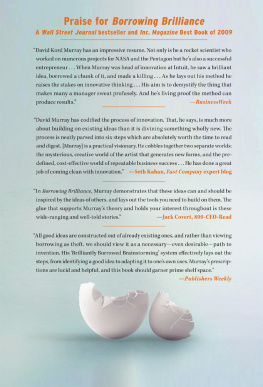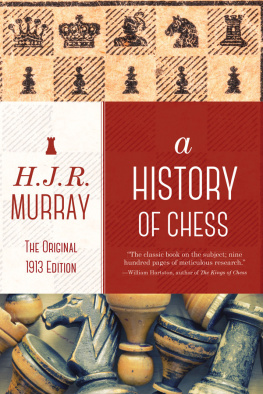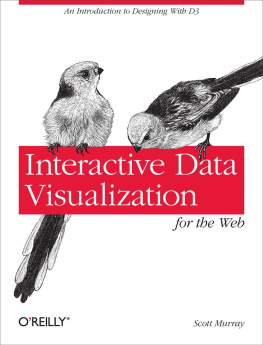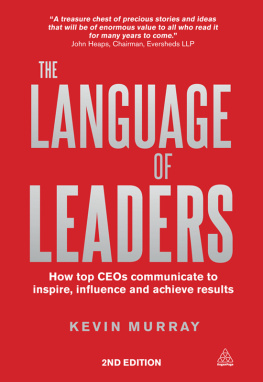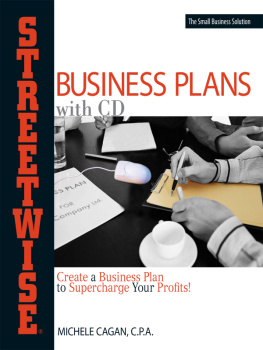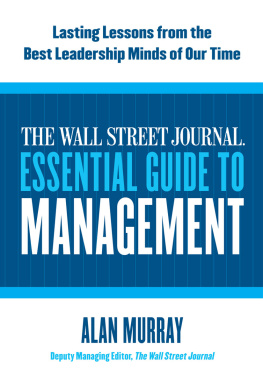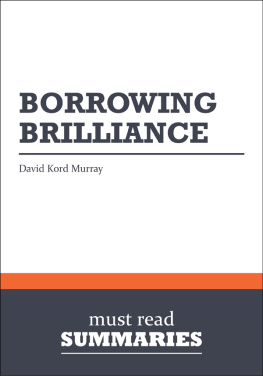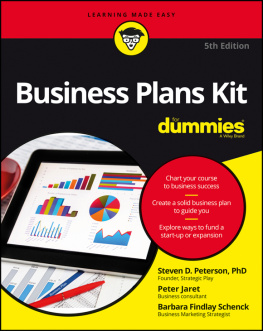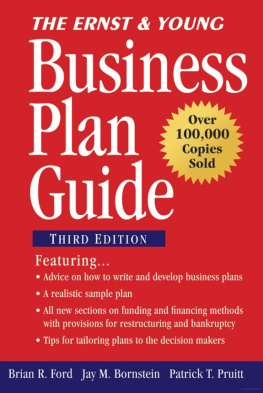Thank you for purchasing this Simon & Schuster eBook.
Sign up for our newsletter and receive special offers, access to bonus content, and info on the latest new releases and other great eBooks from Free Press.

or visit us online to sign up at
eBookNews.SimonandSchuster.com
We hope you enjoyed reading this Simon & Schuster eBook.
Sign up for our newsletter and receive special offers, access to bonus content, and info on the latest new releases and other great eBooks from Free Press.

or visit us online to sign up at
eBookNews.SimonandSchuster.com
Acknowledgments
Plan B is my second book. Friends and family ask me, was the second one easier than the first? In many ways it was. This was due, in great part, to the support I got in writing it. Sandy Dijkstra, my superstar agent, helped me to conceive the book, write the outline, sell the idea, and step down from the ledge when I felt the despair of writers block. Her staff was amazing and worked with me to develop the proposal, outline, and manuscript: Andrea Cavallaro, Elisabeth James, Elise Capron, Jill Marr, Natalie Fischer, and Taylor Martindale. And Emily Loose, my editor at Free Press, helped me to rethink the concepts in this book, adding deeply to the content and theory behind it, then helped me to structure my thoughts into a more coherent story.
Id also like to thank several of my business partners who were with me during this writing process, helped me to conceptualize, and let me use them as a sounding board. So to my friends at Kaiser PermanenteDan Styf, Peter Andruskeiwicz, Karen Jenkins, and Paul JacxsensI say thanks for your support, ideas, and feed-back in helping me to think things through. And to my friends at GE EnergyMark Bellamy and Mark Sanfordthanks to you guys, too, for your thoughts and sponsorship.
And finally, to my friends and family who supported me this year: Katie Murray, Nancy Murray, Teresa Murray, Kim Benintendo, Lauri Albers King, Dave Meyers, Matt Murphy, Camille Miller, Vann Friesen, Chris Beck, and all of my fellow skiers at Squaw Valley (what a great ski season we had!!!). Writing and skiing, it turns out, is a great combination. This book will always remind me of the record-breaking 800+ inches of snow that fell in the valley this year. Thanks to this book, I was lucky enough to savor just about every one of those inches.
Appendix One
The Eleven Principles of Adaptive Management
Adaptive management is the process we use to make realtime adjustments and modifications to our original plan so that it survives and thrives in the changing business environment in which it operates. Things happen so quickly that we cant accurately predict how our world will unfold. So we cant cling to our original plan. Instead, we have to construct our plans with the idea that they are made to evolve; that they are fluid, not written in concrete. There are eleven principles of adaptive management.
1. The Principle of Problems
The principle of problems tells us that a business model is the solution to a hierarchy of problems. The more problems you need to solve, the more complex your plan becomes. Your strategy should be based on a primary problem and your hypothesis for solving it. For Wal-Mart, low price is the problem and their business model is designed to solve it. For Polaroid, instant photography was the problem and analog film was the solution. And for H&R Block, preparing your taxes so that you get the maximum refund is the problem and a hundred thousand tax preparers is the solution.
2. The Principle of Solutions
The principle of solutions is a corollary to the first principle. In it, we define tactics as the things we do to solve our problems. This principle says that the effectiveness of these tactics will naturally degrade over time, so adaptive management is the constant search for new and improved solutions to our problems; that is, new and improved tactics. Each tactic, in turn, will create a new set of problems and so create a new set of solutions. For example, if direct mail is the solution (tactic) to your sales problem, this creates a whole new set of problems like what list do we mail to, what offer do we make, what package do we send, and when do we send it?
3. The Principle of Force
The principle of force says that we need to carefully choose our competitors and compete at a place where we have superior forces. This is based on the concept of positioning, how you position your company in the field of competitors. You use it to choose the place, the battlefield, for you to compete in. For example, in the beginning Facebook chose to compete only at colleges, and not to battle with Myspace as an open social network until Facebook had the firepower to do so.
4. The Principle of Concurrent Thinking
The principle of concurrent thinking helps us to answer the age-old dilemma between strategy and tactics. Which comes first, tactics or strategy? Is the development of a plan a top-down process (strategy first) or a bottom-up process (tactics first)? The answer is that its both. Concurrent thinking is the ability to perceive things from the top down (strategically) and, at the same time, how things fit together from the bottom up (tactically). This is how we create strategic alignment, a fusion of strategy and tactics.
5. The Principle of Cascading Objectives
The principle of cascading objectives is how we turn our strategy into a set of specific objectives and the metrics associated with them. Since our model is composed of a hierarchy of problems, our objectives will conform to that hierarchy. Robert E. Lees objective of taking Little Round Top at Gettysburg cascaded from the objective of breaking the Union line at Cemetery Ridge, since Little Round Top provided a sniper vantage point that could protect the Union line.
6. The Principle of Multiple Futures
The principle of multiple futures says that its impossible to predict the future, long term, because business operates in a chaotic environment in which there are multiple competitors and multiple customers all interacting in ways that are impossible to quantify. So instead of trying to predict a single outcome, the adaptive manager considers multiple scenarios, which allows him to construct an inventory of solutions and gives him the insight and intelligence to make real-time adjustments to the plan. Its because of multiple futures that we need adaptive management in the first place.
7. The Principle of Paper Plans
The principle of paper plans states that the plan itself is worthless. The act of planning, not the plan, is important because it educates you and your field managers and so allows you to make intelligent adjustments during implementation. In todays world, paper plans become obsolete the moment you print them.
8. The Principle of Doubt
The principle of doubt says that suspicion is the driver of the evolution of a business model, and adaptive managers need to doubt their own forecast and business models. This is the only way we can ensure intelligent adjustments. Intel president Andy Grove put it best when he said, Only the paranoid survive. Dont be fooled by the power of positive thinking; it needs to be tempered with negative thinking.
9. The Principle of Correlation and Causation
The principle of correlation and causation says that we base our strategy on a hypothesis for solving our problem. The hypothesis is based on cause and effect. In other words, we develop tactics to drive a certain effect. We use correlation to measure the results, but we need to be careful because we can be misled by lurking variables and faulty data. Correlation doesnt always mean causation.
Next page
